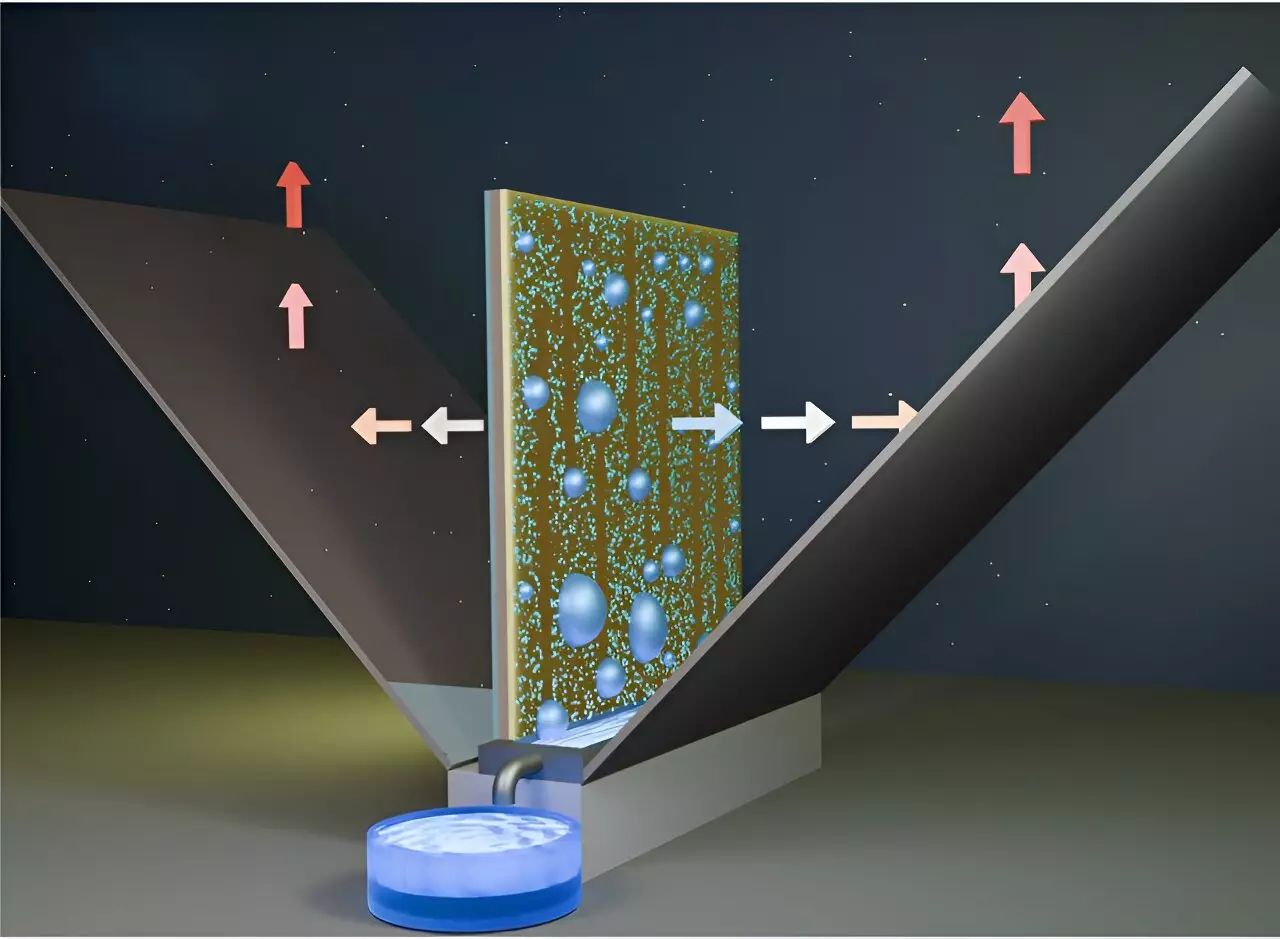Saudi Arabia is poised to make significant strides in renewable energy, particularly with its solar power investments. The Kingdom, blessed with an abundance of sunlight, now generates over 80% of its green energy from solar technology. This ambitious pivot not only reflects the nation’s desire to diversify its energy sources but also positions it as a potential leader in the global renewable energy market. However, this reliance on solar energy introduces a paradoxical challenge: the very technology intended to harness energy can suffer from overheating, necessitating innovative solutions for effective cooling.
The Cooling Conundrum
Solar cells, while efficient in generating energy, are vulnerable to temperature rises, which can severely impact their performance. Cooling these cells is crucial, yet traditional cooling solutions often rely heavily on electricity—a resource that can be scarce or expensive in remote areas of the Kingdom. This reliance poses a critical bottleneck in regions where the deployment of solar technology is most needed. The search for alternative cooling methods has become paramount, particularly in arid environments characterized by high temperatures and low humidity.
A team of researchers from King Abdullah University of Science and Technology (KAUST), led by Professor Qiaoqiang Gan, has taken a groundbreaking step by developing a sustainable cooling device that requires no electricity. Utilizing simple principles of gravity, this innovative technology captures water vapor directly from the atmosphere, providing not only a cooling solution for solar panels but also enabling various other applications such as irrigation and building cooling systems.
The device’s design takes advantage of the substantial amount of water vapor present in the atmosphere, with estimates suggesting that there exists six times more water in the air than in all the freshwater rivers combined. This makes the harvesting of atmospheric water not just a feasible option but a necessity for sustainable development, particularly in arid regions like Saudi Arabia.
One of the significant breakthroughs of Gan’s team is the application of a specially engineered lubricant coating made from a commercial polymer mixed with silicon oil. This coating addresses a common challenge in atmospheric water harvesting systems: the tendency of water droplets to cling to surfaces, preventing efficient collection. The innovative coating effectively reduces this ‘pinning,’ allowing water to flow freely and be collected solely through gravitational pull, which contrasts with many existing systems that require active collection methods.
“With this passive radiative cooling technology, we can eliminate the dependence on electricity and mechanical components,” explains Shakeel Ahmad, a key contributor to the research. The simplicity and efficiency of the system are game-changers, especially in terms of maintenance and cost savings.
Real-World Testing and Implications
The team’s prototype underwent rigorous testing in natural settings over a year-long period in Thuwal, Saudi Arabia. Remarkably, it demonstrated nearly double the rate of water collection when compared to conventional atmospheric water harvesting technologies. The implications of this success extend far beyond the laboratory—if implemented on a larger scale, such systems could transform the landscape of renewable energy use and resource management in the Kingdom.
Moreover, the absence of electricity and mechanical elements reduces operational costs markedly, making this technology an economically feasible solution for remote areas. This aligns with Saudi Arabia’s vision to enhance renewable energy infrastructure while promoting sustainability across the region.
The innovative approaches taken by Professor Gan and his team signify a pivotal advancement in both solar technology and atmospheric water harvesting. As Saudi Arabia continues to invest in renewable energy, the integration of such passive, efficient solutions is crucial for overcoming inherent challenges in solar energy production. This research not only holds promise for the Kingdom but could serve as a model for similar environments worldwide, highlighting the importance of ingenuity in addressing climate change and resource scarcity in an increasingly hot and arid world.


Leave a Reply